Identifying and avoiding performative activism in PR.
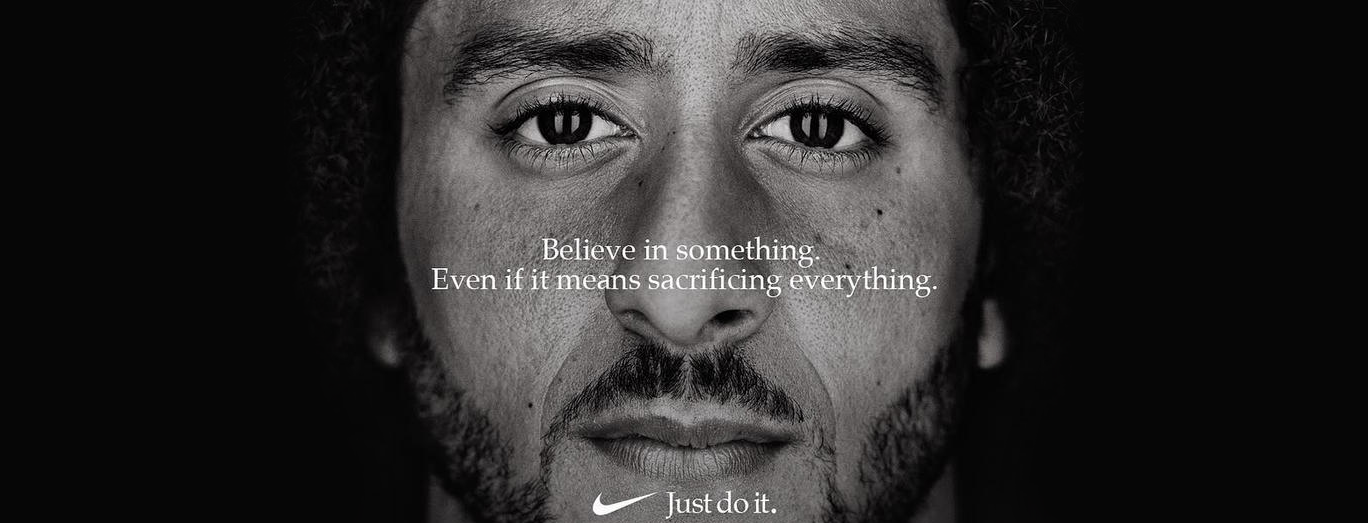
In an age where taking no stance is a stance in and of itself, how can companies show that they’re worth our time and money without alienating publics?
Short answer: they can’t.
An organisation can post a black tile on Instagram, but that has no meaning if employees come forward to speak about their experiences of racism in the workplace, or if their social media showed no hint of anti-racism before the death of George Floyd and the growth of the already prevalent Black Lives Matter movement.
Activism from brands can be met with a great deal of cynicism – are they ‘virtue signalling’ to seem engaged with and acceptable to their audience, motivated only by profit? Or are they truly trying to be responsible and beneficial? So how do we tell when a company isn’t driven by profit; what makes activism by brands truly legitimate?
Ben and Jerry’s are known for their input on global issues, and have been for decades. They have shown their support vocally for equal marriage, nature conservation, criminal justice reform, protecting refugees, and most recently, BLM. I’ve often picked the wildly priced Ben and Jerry’s over Tesco’s own brand, feeling like my Phish Food or Karamel Sutra was putting a little bit of good out into the world.

However, it’s not all sweet and creamy stuff from B&J, who support Israeli occupation of Palestine, having sold their ice cream in illegal settlements. Further to this, their parent company Unilever, who put profit before the environment, is known to test on animals, and made headlines in February 2019 for hiring private ‘S.W.A.T.’ companies to violently suppress workers who were striking over working conditions in Durban, South Africa.
Interestingly, overall public perception of Ben and Jerry’s has been largely positive. This brand being ‘in it for the long haul’ – making activism the forefront of their marketing campaigns over a prolonged period of time has made them favourable and stand-alone in the ice cream market. I’m sure very few of us have a clue what Häagen-Dazs, Magnum or Carte D’Or’s’ mission statements are, or where they stand on points of contention. That fancy ice-cream is just fancy ice-cream, it’s not kind fancy ice cream.
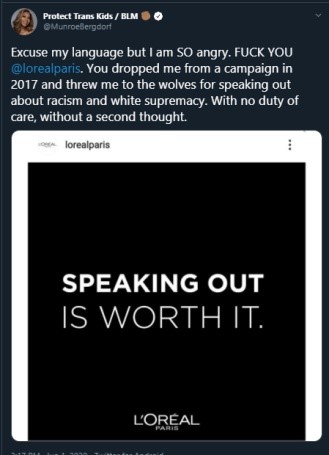
It’s because of this that despite contentious matters being just that, brands like Nike have shown that taking a strong stance can be beneficial for sales. Although some people flocked to Twitter to post themselves burning Nike gear – which they’d already paid for anyway – Nike sales surged 31% in the days following the Kaepernick ad (Edison Trends).
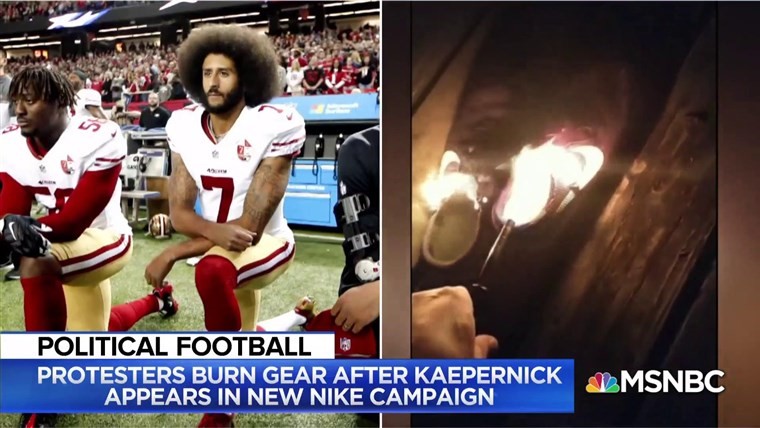
Closer to home, Timpsons showed effective action that takes corporate social responsibility directly to the community it serves. Also known for hiring ex-offenders and ensuring employees received 100% pay over the lockdown period, they gained praise on Twitter following a drive to clean interview clothing for the unemployed.
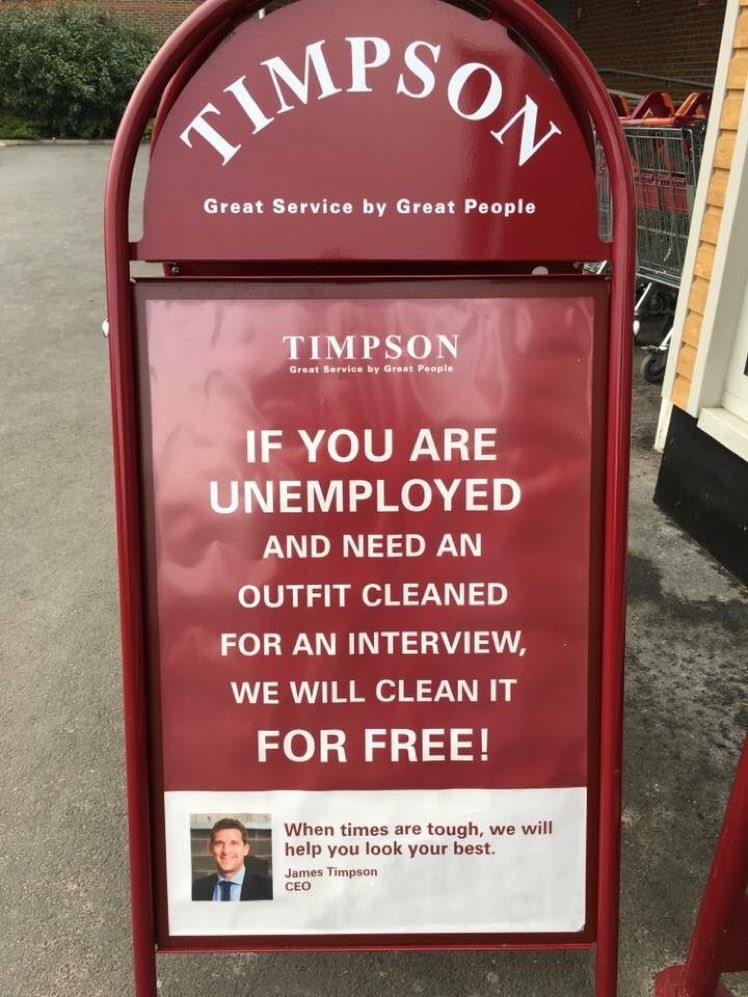
This action caught people’s attention because it’s genuine, visible action that had a direct effect on real people. Nothing is more frustrating from an organisation than false
It is only when we understand how brands are perceived in this regard that we can perform responsibly as public relations practitioners. When working on campaigns or content, it is important now more than ever to consider ethical implications and responsibilities from concept to completion.
Whether they like it or not, brands have an impact on the world around us, from the cultures experienced by their employees, to the content they share on social media. As we experience the Covid-19 pandemic,now more than ever people are shopping online with a bit more free time and a lot more boredom. This frees up consumers to research brands before buying from them.
Boohoo? No thanks, they treat their workers like hell. L’Oreal? Not for me, they fired Munroe Bergdorf after she spoke up about an activist being murdered by a white supremacist…then posted a black tile on their Instagram feed on Blackout Tuesday. Not a good look. Amazon? Don’t get me started.
Perhaps the most ridiculous blunder recently has been by the fashion brand Oh Polly. They set up an entirely separate Instagram account called ‘Oh Polly Inclusive’ where they used plus sized models and models of colour, while their main Instagram account kept their usual skinny white models. Missing the point of inclusivity to such a degree that they implement exclusivity is almost comical. Almost. It only takes a quick Google search to find the Oh Polly LinkedIn, revealing – to absolutely no one’s surprise – that their CEO, director, heads of PR, marketing, digital media and content, and HR staff are all white.
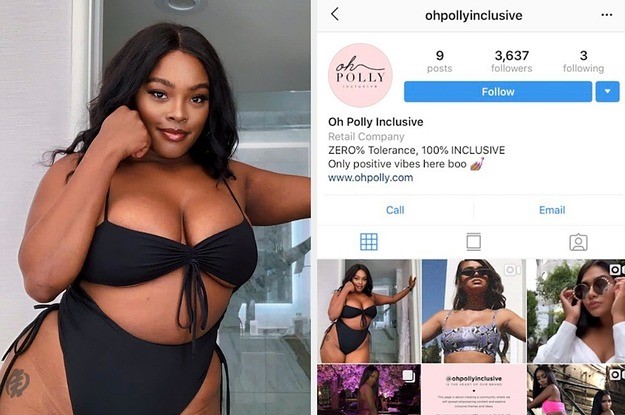
Insane oversights like this are far more likely to happen when the most influential people in organisations are homogenous. When a company speaks out about equality, rights, diversity or injustice, no matter how well-meaning, consumers are much more likely to become interested in the ethics of this company. What percentage of the ‘higher-ups’ are BAME, LGBT+, female, or disabled? How do they treat their employees? Do they source their goods sustainably? If these areas are lacking, is there a clear, measurable plan to change? If they apologise, do they do so sincerely?

Brands walk a balance beam, performing well when they are transparent and responsible, but risk falling when they put more emphasis on themselves than on the issue at hand. If your brand activism is insincere or opportunistic, people will be able to tell. In tackling this, we must ask ourselves: are we adding value to the conversation, are we amplifying what needs to be heard, or are we taking away from the issue?

Making a clear link between a brand and the ‘right’ side of an ethical issue wins over consumers who, would rather give their money to a brand that aligns with their beliefs. The modern consumer is saying: no more excuses, no more fakery, no more lies. Transparency and accountability only. And while not all consumers have this state of mind, those that do feel passionately enough and will shout loudly enough that damage to a brand’s reputation can spread far beyond those who are immediately interested.
This might lead us to ask: what’s the point? Why bother to try if there’s always something more or something different to be done?
It would be easy to see the tension, turmoil and tip-toeing around brand activism and think “no thanks, I’m out” and remain neutral. It seems impossible to get it right, but brands don’t exist in a happy vacuum , void of ‘real world’ issues. Every company has an effect on the world around us, and a responsibility to its employees, stakeholders and customers. Trends are showing that consumers care more year on year about the power and influence held by organisations, and have an expectation of what they should do with it.
While it is a difficult field to navigate, previous examples show that as long as brand activism is well-informed, authentic, meaningful and backed by action, it will avoid being dismissed as performative.

Holly Hamill is a final year BSc in Communication Management & Public Relations student at Ulster University. She can be found on LinkedIn and Twitter.